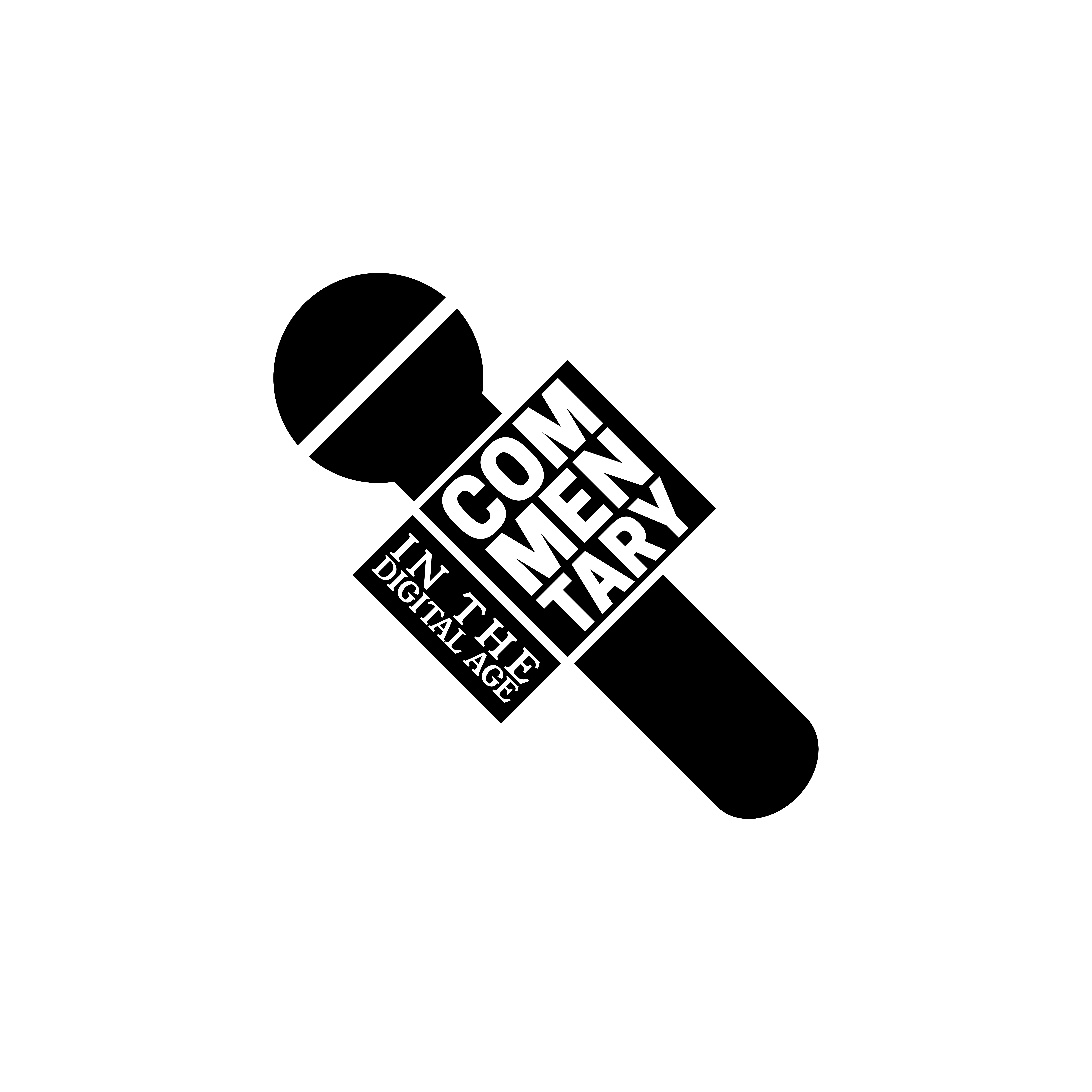As the 2025 WNBA season quickly approaches, many of the league’s fans are excited to see what intriguing fresh storylines a new season will bring.
Elsewhere around the league, some fans are just as excited, but also apprehensive. They spent all of the 2024 season defending the players of the league from racist, homophobic trolls, and the uncertainty remains of whether they will have to take on the same mission this year.
The overwhelming negativity was the byproduct of an influx of new fans brought to the league by superstar Caitlin Clark. And while those fans helped the WNBA – more specifically, the Indiana Fever – reach new heights in attendance, viewership and media attention, they also exposed some of the worst aspects of sports fandom, especially in a league as nuanced as the WNBA.
New fans are always welcome to the league, but there is a level of understanding that needs to be had before undertaking that journey. And if that faction of fans can’t get on board with that moving forward, then the WNBA is not the place for them to direct their fandom. The league was already growing before Caitlin Clark. It absolutely does not need her fans and their bad behavior.
Due to the overwhelming majority of WNBA players identifying as Black and/or LGBTQ+, the league and its players have become the leaders of social action movements in sports.
“The players in the league have a fuller understanding of where they’re situated in society, and how they’re looked at in society,” SB Nation Swish Appeal WNBA and NCAA women’s basketball writer Zachary Draves said. “And they don’t necessarily have the luxury that athletes in other professional sports, like the NBA, the NFL, have when it comes to being able to sort of distance themselves from social reality.”
Going back to 2016, when following the deaths of Alton Sterling and Philando Castile, several Minnesota Lynx players, including Maya Moore, donned “Black Lives Matter” t-shirts pregame, the WNBA has always been on the right side of history.
In 2020, the league took a very public stance live on ESPN’s airways in the wake of George Floyd’s death at the hands of Minnesota police officer Derek Chauvin.
It also played a large role in helping the Democratic Party secure the majority in the United States Senate. Thanks to the players’ creative campaigning, Raphael Warnock managed to unseat former Atlanta Dream owner Kelly Loeffler for a Senate seat in Georgia.
Additionally, the WNBA is a large supporter of the LGBTQ+ community. Individual teams have their Pride Nights, and the league itself is committed to initiatives furthering the community.
The league is also very supportive of the handful of players who have come out as non-binary while playing in the league.
Outside of league-wide initiatives, several players, such as Natasha Cloud, Brianna Turner and Elizabeth Williams, are known for their outspokenness in political and social matters.
The league has done so much in the name of social activism. This isn’t even close to all of it. At this point, the WNBA is synonymous with social justice, and these forward-thinking principles have become a part of the league’s inherent identity.
For that reason, it’s crucial to understand these elements before claiming WNBA fandom, or at the very least, be open to understanding.
Clark’s fans were not.
They entered the WNBA fandom ranks with a brashness that offended longtime fans. People who spent years watching men’s basketball began spreading baseless takes without consuming a minute of WNBA action. Others made outlandish assumptions about players’ personalities, skillsets and value without actually watching them enough to evaluate them properly.
In a highly charged political climate, with a presidential election just months away, Clark “fans” used the 2024 season as an opportunity to project their racist, sexist and homophobic beliefs onto the players of the league outside of Clark. To them, the women of the WNBA were just hateful and bitter and refused to uplift Clark because of their jealousy over the attention she received for being white, straight and relatively feminine.
“I think the league’s social consciousness and the players’ social consciousness has provoked such strong reactions,” Draves said. “And I think it really speaks to this current moment, to where women’s basketball, along with women’s sports, is just experiencing this tremendous renaissance growth interest, to where you’re sort of getting just a whole range of reaction and emotion.
“And then at the same time, you get this strong palpable backlash that has really taken an ugly turn. And unfortunately, it’s really taken a huge chunk of the narrative around the league at a time when it should be this breakthrough moment for the league with all this renewed interest and all this renewed popularity.”
On several occasions, opposing players were harassed for plays made against Clark. The Chicago Sky saw three players fall victim to incessant hate comments at different points of the year.
DiJonai Carrington was constantly villainized when she played the Fever. In the Fever’s first-round playoff series versus Carrington’s Connecticut Sun, fans began spreading the idea that Carrington had intentionally tried to hurt Clark on a play where she was unintentionally
poked in the eye. The idea was so egregious, yet still, USA Today trusted women’s sports reporter Christine Brennan tried to insinuate Carrington’s actions were intentional.
Even one of Clark’s teammates at the time, NaLyssa Smith, wasn’t safe from harassment. Smith, who has publicly been in a relationship with Carrington for years, started to receive backlash for just being associated with Carrington and the things she said and did.
It all went too far.
“I think what the league did wrong, particularly Cathy Engelbert, the Commissioner, was not getting out in front of the vitriol early on,” Draves said. “I think Cathy Engelbert should have gotten ahead of that when it was happening and say, ‘We don’t tolerate this type of behavior in the league. We want people to watch the league, we want people to enjoy the league. We want people to enjoy the players and watch them play, but the vitriol that we’re seeing on social media, we do not tolerate that. That’s not what being a fan is about.’”
No athlete should ever receive death threats. Or be called a monkey. Or be called slurs. Or be depicted as George Floyd in an image that also featured Clark’s face photoshopped over the body of Derek Chauvin kneeling on Floyd’s neck (yes, that really happened).
Trust me, all women’s basketball fans would like to see more people respecting the women’s game. They are tired of having their favorite players be criticized relentlessly for the same embarrassing plays male players make just as frequently.
But this is not the type of attention they want. And they would much rather wait for the right audience to come gradually than continue to put up with this unruly crowd just for an extra million views.
The WNBA and its political awareness are not going anywhere, whether Clark’s fans like it or not. So, as the league continues to grow and players gain even larger platforms to stand up for their respective causes, the question is, will they end up on the right side of history?


